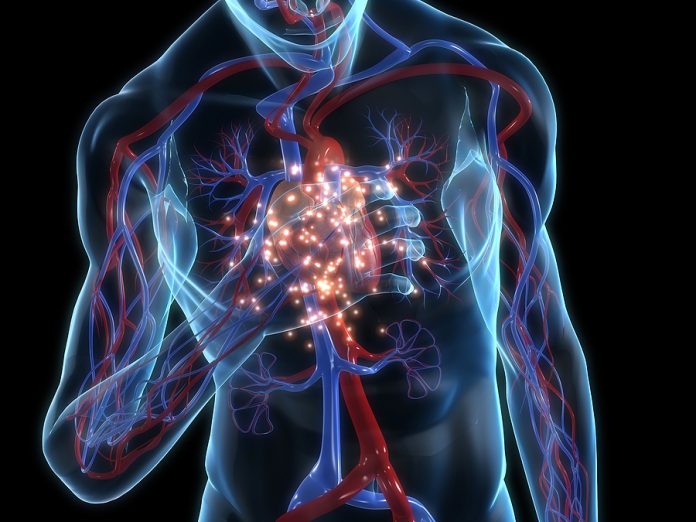According to the American Heart Association, silent heart attacks are more common than many people would expect. Every year, an estimated 805,000 heart attacks take place in the United States, and approximately 170,000 of them are silent heart attacks.
Silent heart attacks are also called silent ischemia or a silent myocardial infarction. They are silent for the fact that they may present with minimal, unrecognised symptoms or no symptoms at all.
Some symptoms of a silent heart attack include a feeling of indigestion or the sense of having strained a muscle in the chest or upper back. Excessive fatigue over an extended period of time or shortness of breath can also be symptoms.
Later in life, the evidence of the silent heart attack is brought to light when an individual is being examined for another health problem that incorporates the use of an electrocardiogram or imaging test like a cardiac MRI.
In some patients, the damage left behind by a silent heart attack can lead to serious complications like heart failure. A 2018 study published in the Journal of the American College of Cardiology found that silent heart attacks can increase the risk of heart failure by 35%. In individuals who are in their 50s and younger, the risk increased.
As well, silent heart attacks have been found to increase the risk of stroke. This finding was presented by researchers at the American Stroke Association’s virtual International Stroke Conference in 2021.
In other cases, some people show signs of the heart having repaired itself by performing a kind of natural bypass.
Researchers have found that the long-term effects of silent heart attacks lead eventually to the same death rate as recognised heart attacks, as published in JAMA Cardiology in 2018.
According to Dr. Michael Kontos of Virginia Commonwealth University’s Pauley Health Center in Richmond, Virginia, women and individuals living with diabetes are more likely to have silent heart attacks. Medical experts highlight the importance of educating the general public on the less obvious symptoms of heart attack and the need to seek early medical attention.




